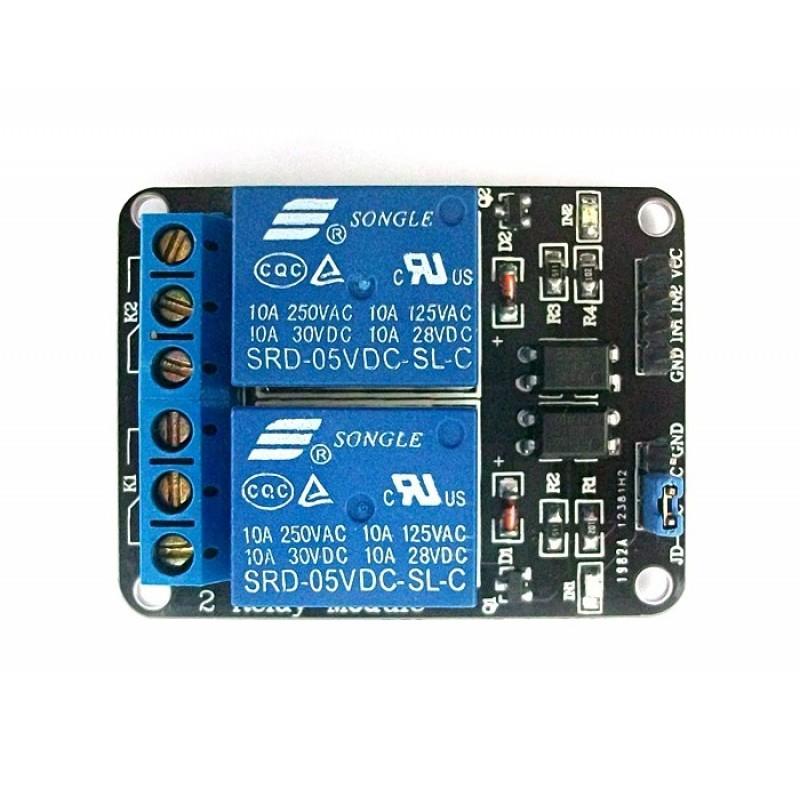

The pulse width has a significant effect on near-infrared SC generation because different pulse widths involve different nonlinear effects, and the pulse width can range from femtoseconds to nanoseconds.

As a result, most visible SCs and near-infrared SCs are pumped by pulsed fiber laser both in PCF and in nonlinear fiber amplifier. The advantage of the pulsed fiber laser pump compared with CW fiber laser is its wide SC that can be generated under low average power owing to its high peak power. In recent years, SC generation directly from a nonlinear fiber amplifier has attracted lots of attention due to its low splicing loss, simple structure, and high optical-to-optical conversion efficiency, and many good results have been achieved in either low or high average output powers. Both continuous wave (CW) and pulsed fiber lasers have been used as the pump for SC generation in PCF, and lots of excellent results have been achieved. For the laser pump, the fiber laser is an ideal choice for SC generation in the sense of beam quality, heat treatment, and electric-to-optical conversion efficiency. With regard to the nonlinear medium, photonic crystal fiber (PCF) has been widely used in visible and near-infrared SC generation, owing to its flexible dispersion control and high nonlinearity since its first fabrication in 1996. Near-infrared supercontinuum (SC) has a wide range of applications, which is usually composed of a laser pump and a nonlinear medium.


 0 kommentar(er)
0 kommentar(er)
